Space Black, the newest color of Apple’s MacBook Pro, is as buzzy as it is beautiful. The matte effect that Apple achieved by sciencing the heck out of the MacBook Pro’s shell helps it achieve a darker color than prior iterations. Apple claims it now resists the fingerprints bemoaned on their Midnight Black finish.
We wouldn’t be iFixit if we stopped at the shell. So if you’re interested in seeing the insides of the new M3 MacBook Pro, check out our teardown.
But we’ve got to investigate these externals. Let’s dive into Apple’s anodization and etching process that achieved the matte black effect and test how the casing holds up against our Cheeto-dust-laden fingers.
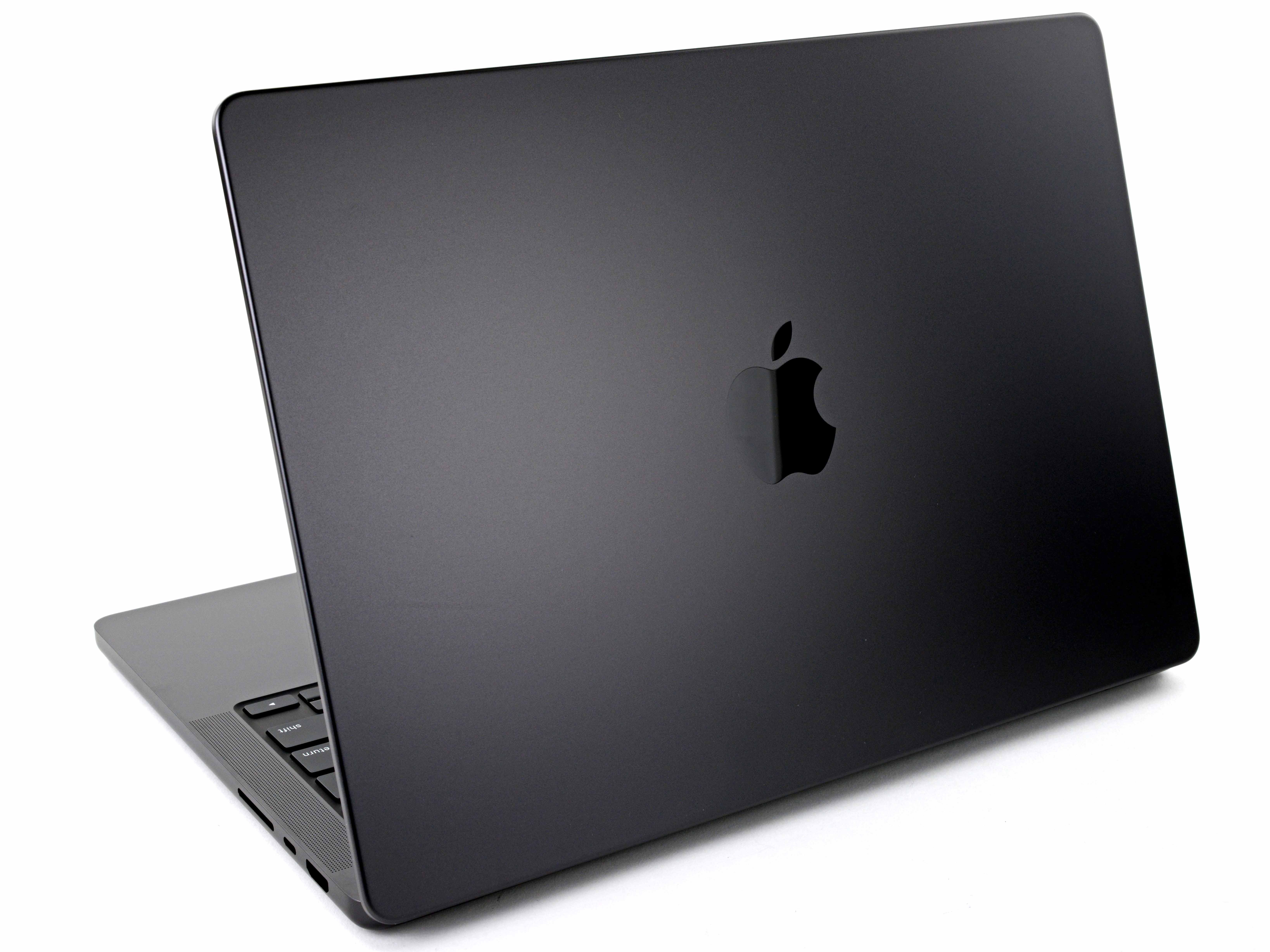
Anodization Looks Cool. Does a Laptop Need It?
With the new Space Black finish, Apple is trying to achieve as true a black as possible. And thanks to its new patented anodization and etching process, they’ve come closer than ever.
That begs the question: what in the world is anodization?
To find out, I tracked down an expert. Dr. David Niebuhr, a metallurgist and lecturer in Mechanical Engineering at Cal Poly, explains that “anodization is as close as we metallurgists ever come to farming.” It works by using an electrochemical process to essentially “grow” a protective layer out of a piece of aluminum. This raises a series of microscopic, hollow bumps out of the metal—bumps that form a protective layer between the original substrate and the outside world.
The layer of bumps, known as an oxide layer, prevents damage to the metal from corrosive materials.
Apple being Apple, anodization also has an aesthetic purpose. “You can add dyes during the anodizing process to create a variety of colors, ”Dr. Niebuhr explains. It’s a huge amount of effort, and trial and error, to find a balance of process steps and dyes to achieve a consistent outcome. “This really is a lot of R&D for the sake of aesthetics.”
A variety of colors, perhaps—but not ‘true’ black. In a patent filing, Apple laments that anodization and dyeing alone cause “the anodized part to more closely resemble a dark grey color” (Space Grey, anyone?).
To understand why, we first need to talk about light, gloss, and glare.
iOptics 101
We see things in color because of light. When light hits an object, some of it is reflected while the rest is absorbed by that object. A tree is green because its leaves mostly reflect the wavelengths of light that our eyes perceive as green, while absorbing the majority of the other wavelengths. An object that appears black still reflects back some light, but absorbs all visible wavelengths approximately equally.

There are two ways that light can reflect off an object: specularly and diffusely. Specular reflection sends light off in the same direction. All of the visible wavelengths stay together, causing us to experience the color as white. A smooth, glossy surface will specularly reflect light, leading to a glare.

Rough, matte surfaces lead to more diffuse reflection. Beams of light careen off the bumpy surface at all different angles, ‘diffusing’ the light and leading us to perceive a color rather than the glare of white light.
Apple’s Space Grey surface took an important step towards achieving a black laptop with the protection of an oxide layer. Through the anodization process, they transformed a glossy smooth untreated sheet of aluminum into a visually pleasing, diffuse surface.
But they didn’t go far enough—that surface was still too glossy. Despite adding black dye during anodization, the Space Grey MacBook specularly reflected enough light to cause considerable glare—enough to make it seem more grey than black.
So how did Apple go above and beyond the standard anodization process to make a blacker, but still protected, anodized finish?
Fade to Matte
Enter Apple’s patent for an “anodized part having a matte black appearance”, the process they probably used to create this Space Black color.
In order to reduce the gloss and move from grey to black you need to make the bumps of the oxide layer even bumpier. Apple found they could etch the already rough anodized surface, making it more uneven. The resulting nooks and crannies further diffuse incoming light rays, sending them off in even more directions. Less white light makes its way to our eyeballs—resulting in that slick matte finish.
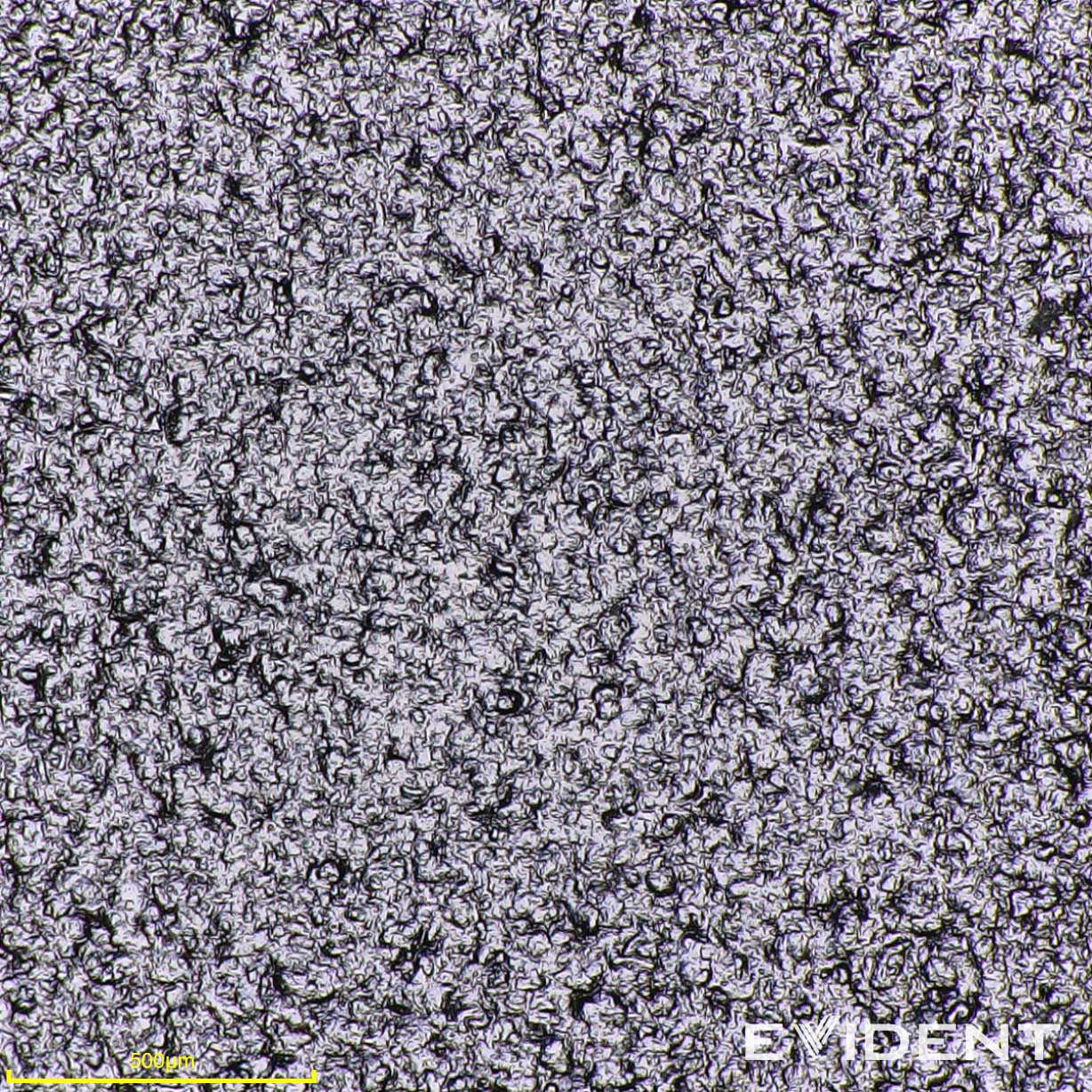

You can see this at the microscopic level; we see brighter spots in the Space Grey finish because the absence of etching has led to a more consistent surface angle for light photons to react with. Space Black, and its characteristic etching process, comes back as a more subdued color because our eye—or in this case, the camera—picks up more diffusely reflected light coming off of the surface.
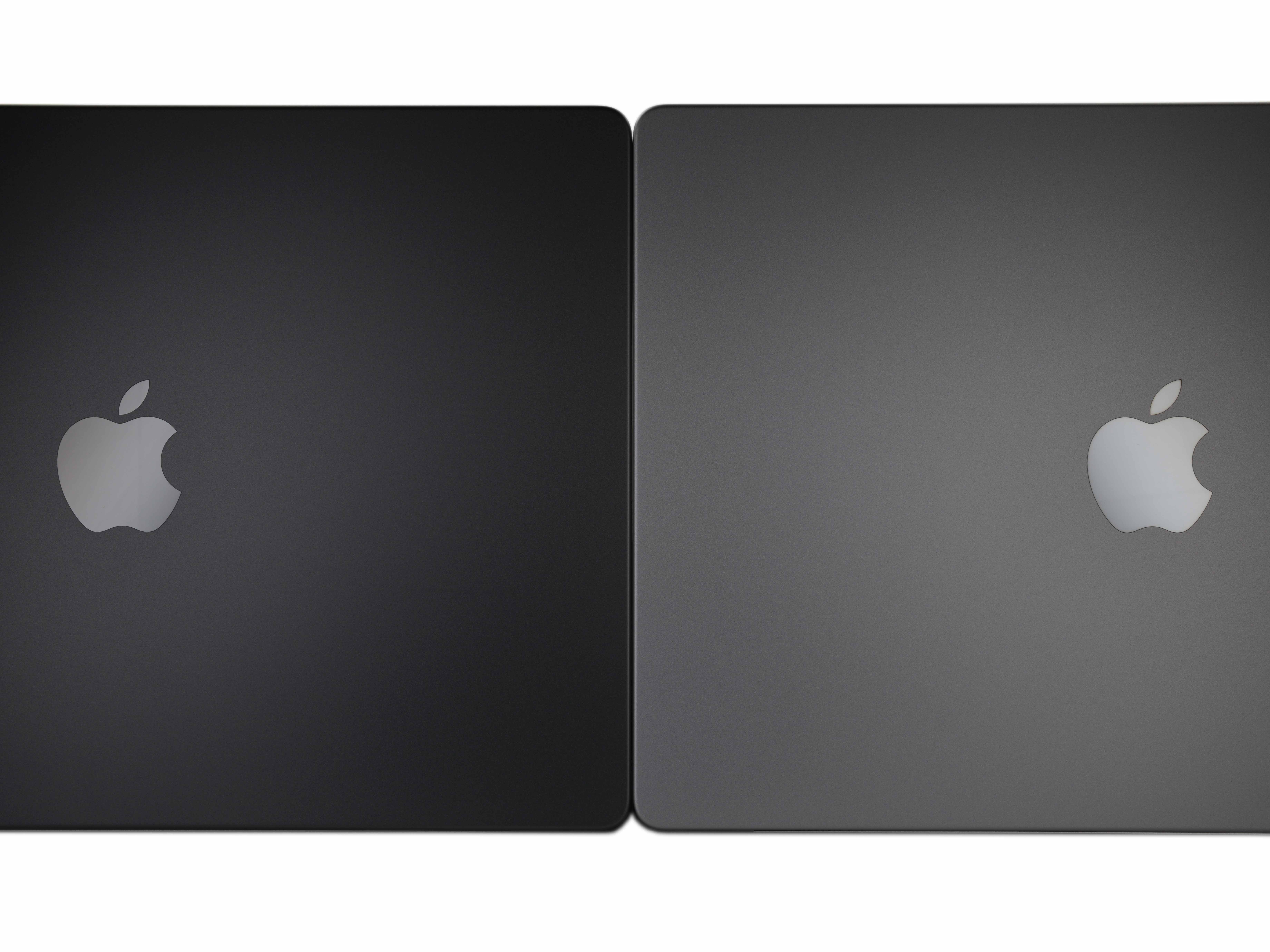
Voila! You’ve got a Space Black MacBook.
The Ultimate Test in Fingerprint-Proofing? Cheetos Fingers
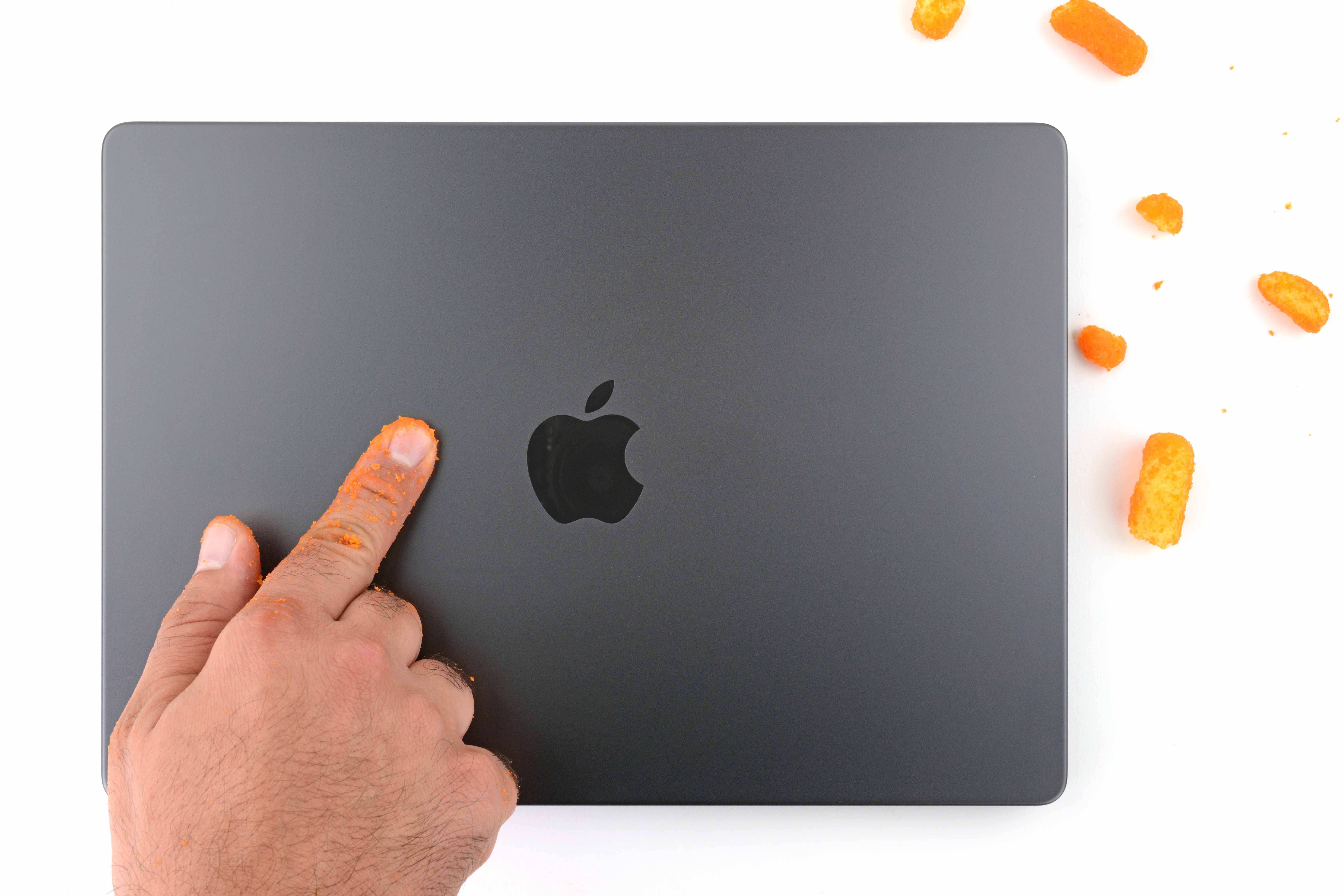
One downside of a black case, of course, is all those pesky fingerprints (remember the Jet Black iPhone 7?). Apple claims the new anodized shells provide better protection against our oily digits.
How? The Space Black coating’s additional bumpiness could again hold the key. It’s not something you can tell with your naked eye, or measure even with a nice microscope. So we brought in the big guns at Evident Scientific to help us solve this case. They suggested we use a laser confocal microscope to precisely measure the bump heights on the surface. Their wicked-cool OLS 51000 LEXT laser measuring system does just that.
With the LEXT, we measured the height of the peaks and valleys of a Space Grey and Space Black case.
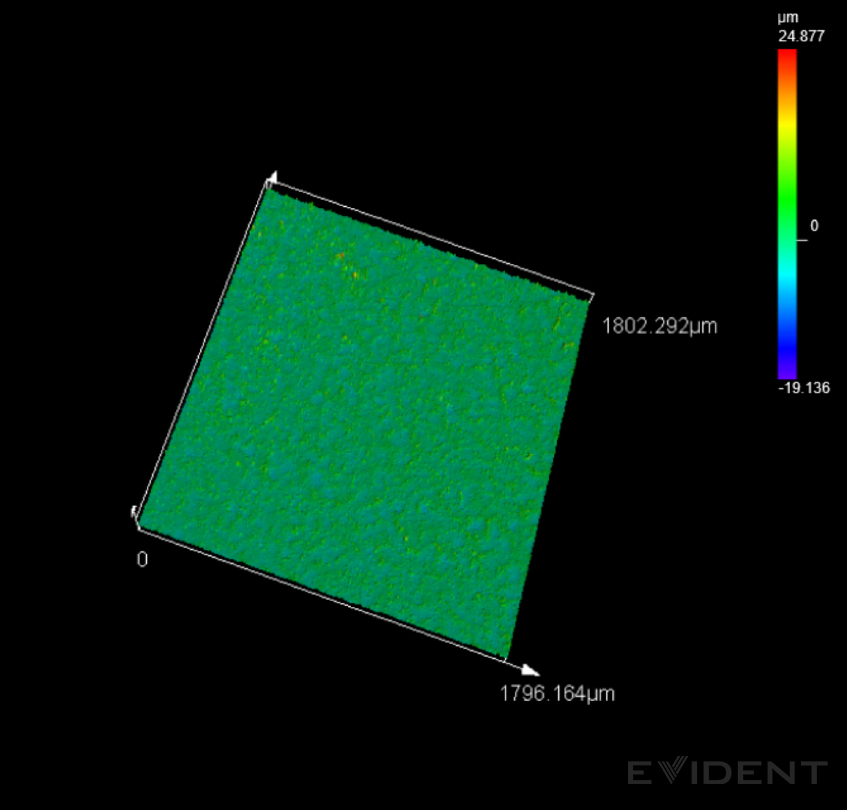

The readout from the Space Black surface comes back showing deeper blues and brighter greens, representing lower valleys and higher peaks. It has more bumps, evidenced by the finer dots and increased color variation. These are spires compared to Space Grey’s tabletops.
We aren’t positive what sort of materials-processing wizardry Apple used to achieve this—if you know, leave us a comment! Their post-anodization etch could be playing a role.
But how does this help minimize fingerprints? Our theory is that the Space Black cover’s additional bumpiness plays a significant role in reducing the print visibility. You leave a print when the sweat and oil from your finger transfers to a surface and spreads over it. A smooth surface—like the one on your old Jet Black iPhone 7—is like a walk in the park for that finger gunk. It sprawls out and makes itself seen.
The peaks and valleys of the Space Black surface make for tougher trekking. The oil and sweat don’t transfer as easily and can’t spread as far. The fingerprint left behind is either fainter or avoided altogether.
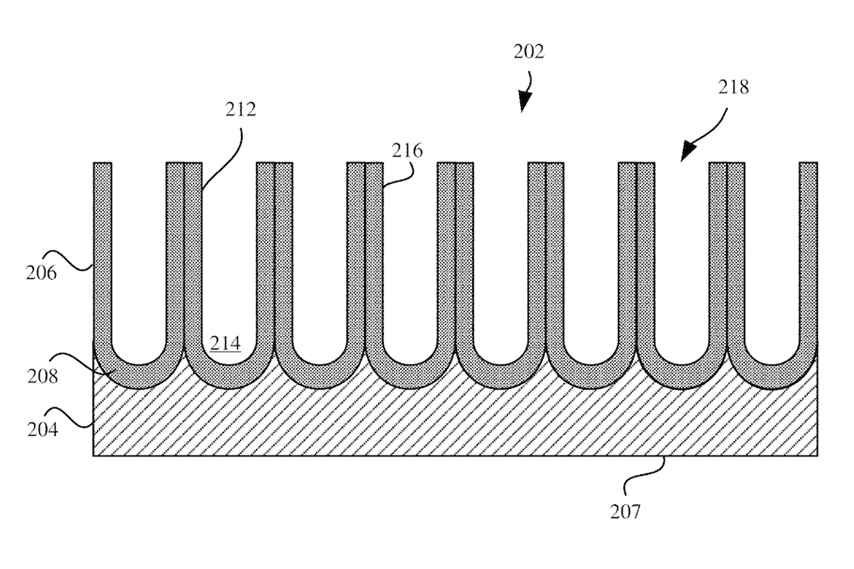

Let’s test it out! Based on this idea, our finger residue should have a more difficult time making it across the Space Black coating than the Space Grey one, leaving less of a smudge.

That didn’t exactly bear out in our comparison. The science behind the Space Black case seemed to work in that it prevented a clean, contiguous print, where the print on the Space Grey smudge looks police-station ready. But the blotch is unquestionably more noticeable on the black frame. Given that black is notorious for showing all sorts of blemishes and defects, we’re going to give Apple an A-for-effort and partial credit for the outcome.
Beyond Fingerprints
A new anodization process may not be all that’s going on here. Apple could also be using a polymer or different oleophobic coating, which would provide an additional chemical resistance to finger gunk spread. They could be using something else entirely.
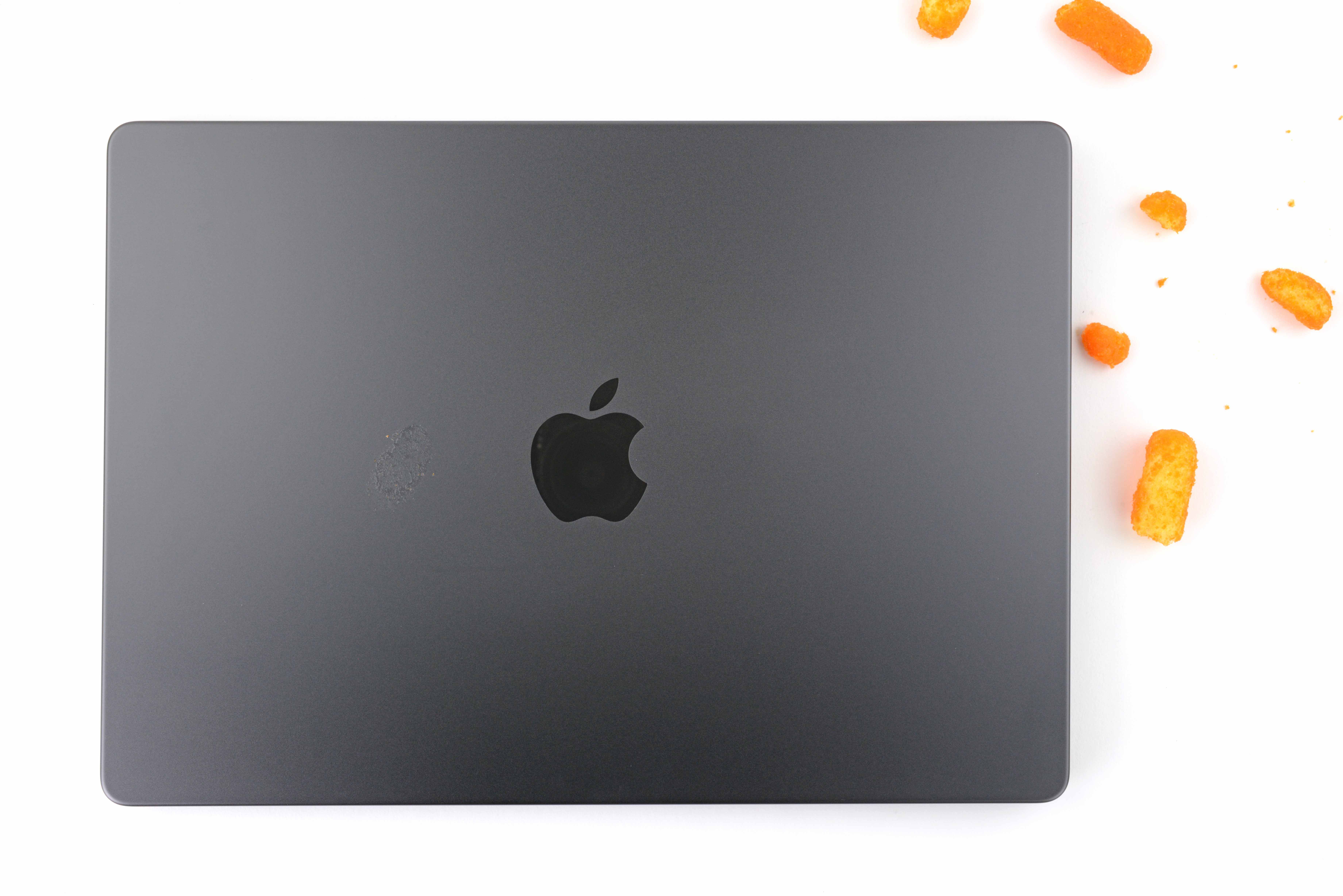
Whatever the reason, the sheer oiliness of Cheetos fingers seemed to overwhelm the coating and made for a bigger mess. We certainly don’t recommend pawing at your laptop after polishing off a bag. (Keeping a wet towel handy for wiping your hands has always worked for us.)
This Coating Is Cool, but Not Significant Enough to Justify an Upgrade
Sleek as the new Space Black exterior may be, it’s not a good reason to spring for a totally new laptop. A whopping 70-80% of the carbon emissions resulting from a laptop’s life cycle occur during the manufacturing process. That means sustainable consumption requires being able to use—and repair—our devices for as long as possible. Why can’t a laptop keep working for 20 years?

We’re impressed by the engineering effort Apple poured into the Space Black case on the new MacBook Pro. But the best thing you can do for the planet is keep hammering away at the laptop you already have.




11 Yorum
Next stop: VantaBlack. A black so deep that once you misplace your laptop, neither you or anyone else can ever find it again. For marketing, call it Black Hole Black.
As for why don't laptops last twenty years? Because the parts (screens, keyboards, ports, fans) wear out and replacements are no longer available.
Wild Biker Bill - Yanıt
It’s kind of buried in the patent, but take a look at page 16, column 8, the paragraph around like 50, where it says the etching is done with a bath of hot phosphoric acid. (Phosphoric acid is one of the key flavours in cola drinks.)
Tony Finch - Yanıt
Can you investigate whether they're using PFAS or similar as well?
Einstein - Yanıt
I wonder how well the coating will hold up. Will it wear and show metal after a while?
DBpix - Yanıt
Why can’t they use the same process they do for their truly black stand-alone trackpad?
zorb zod - Yanıt